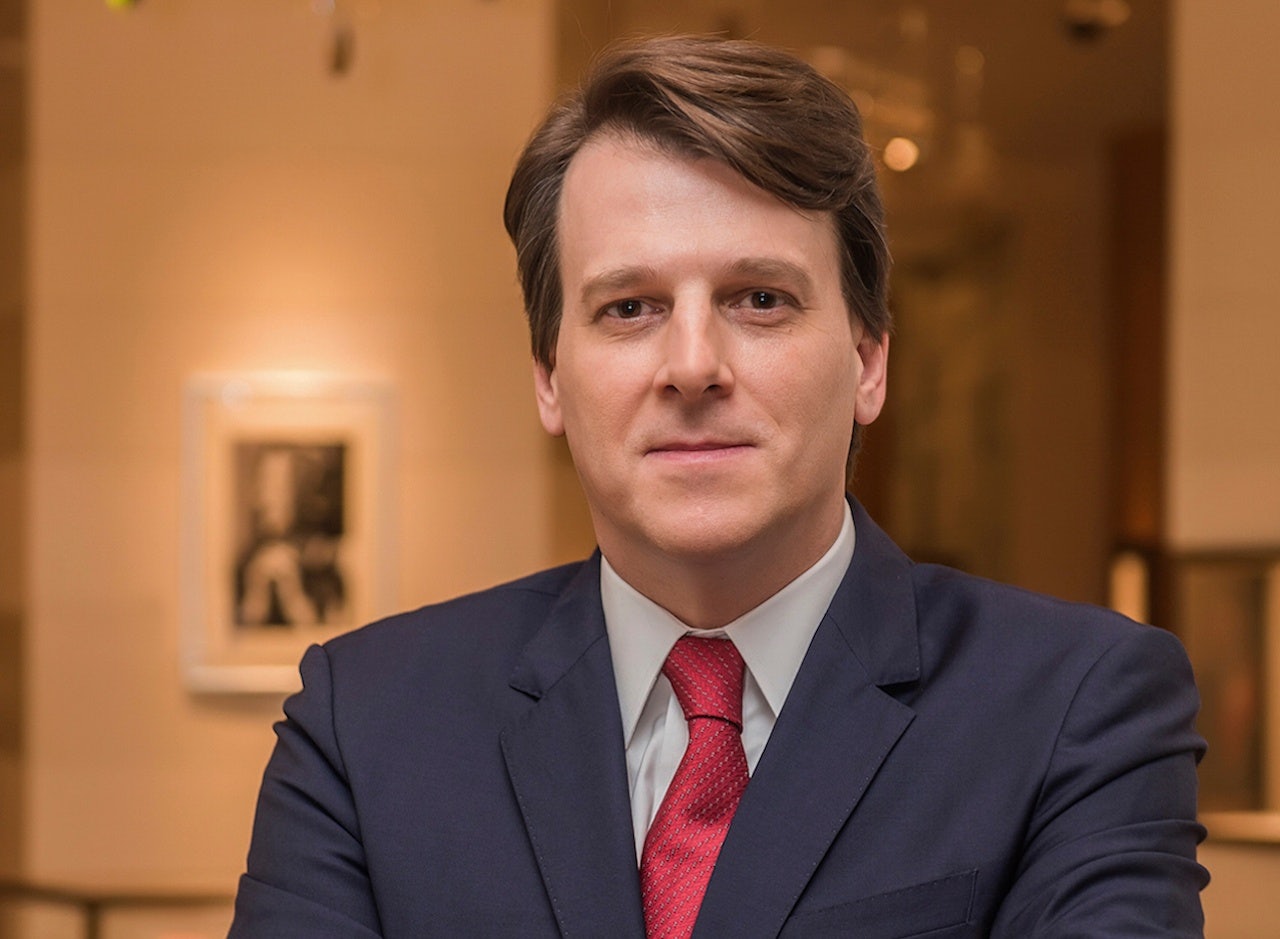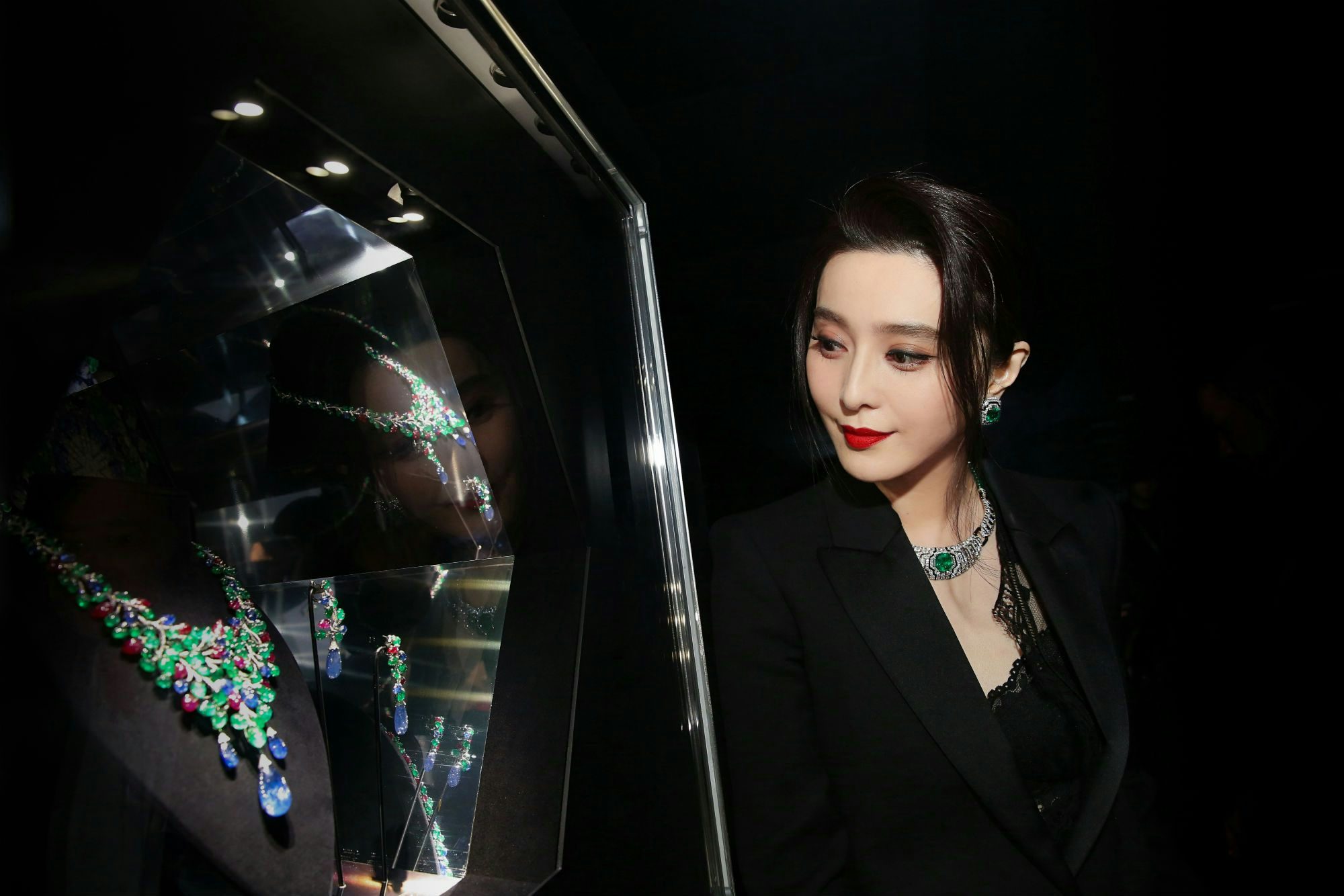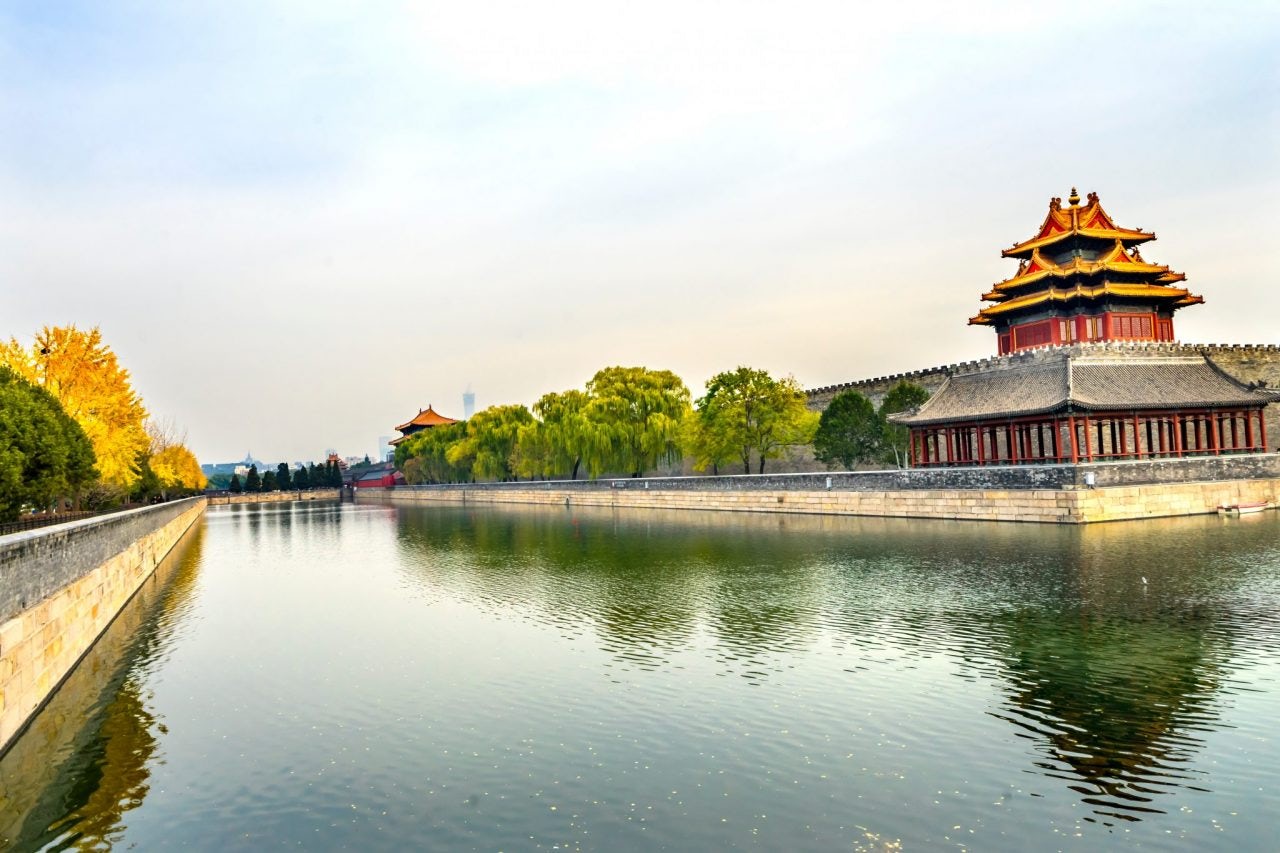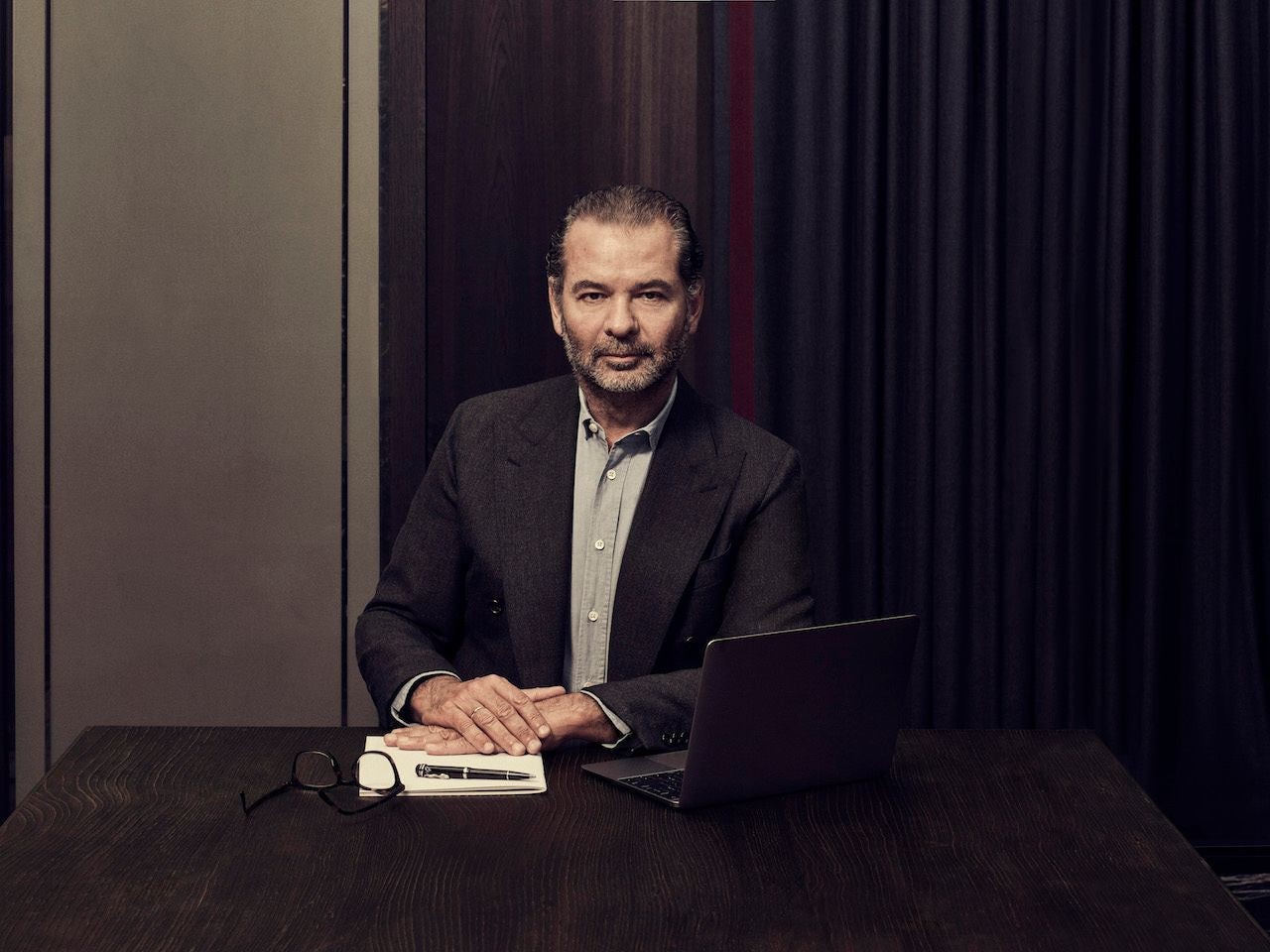The jewelry business is evolving fast in China, as notions of luxury and romance are being challenged and reinterpreted. On top of that, the rise of e-commerce and new digital marketing channels is pushing jewelry brands to explore new territory.
At the recent Cartier high-end jewelry exhibition, Résonances de Cartier, older women in flamboyant coats rubbed shoulders with smart-looking young men in Thom Browne suits. I sat down with Cartier China CEO Renaud Litré to discuss the brand's changing Chinese consumers.
Cartier last held a jewelry exhibition in Shanghai in 2016. What are the biggest differences with this year’s show?#
It’s a completely different collection and a different setup. Every time we create an event like this, we want to create a new experience for our clients.
It starts with the theme of the collections, the artistic direction given by our designers. Résonances de Cartier is about how the jewelry designs actually echo the precious stones. We worked the entire exhibition around this concept.
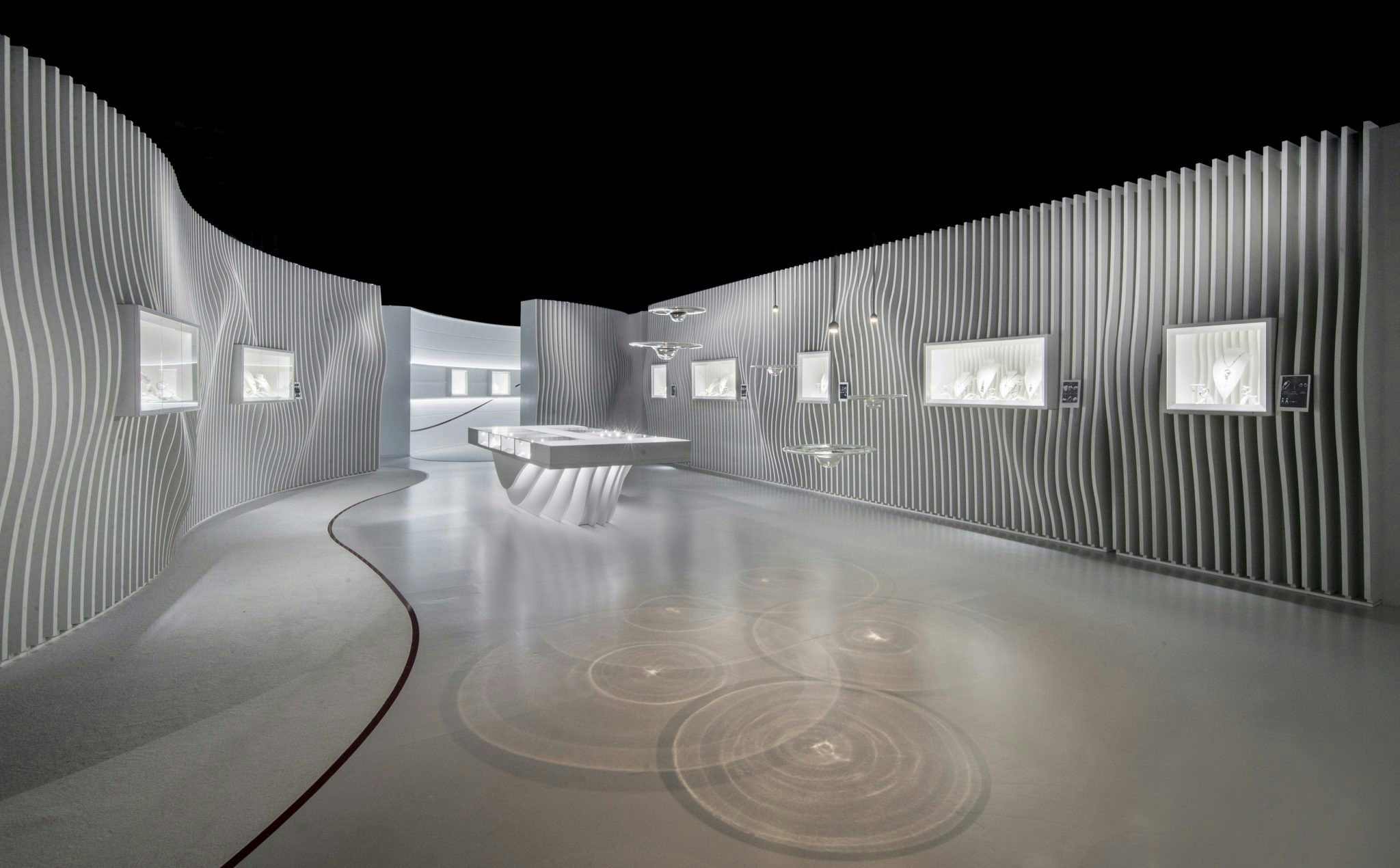
How does Cartier cater differently to Chinese clients?#
There’s some specificity in terms of the overall tastes—some colors, some stones, that are more popular than others.
Service is also quite different. It might not seem too big, but there are differences in the way people like to entertain, to interact with each other. We organize a few gala dinners every night, for instance. In China, we have chosen to have smaller dinners, about 100 people, where in other countries sometimes the dinners could be a bit larger, maybe 2-300. We think people herein China are more interested to have something a little bit more exclusive and more intimate.
Cartier’s recent documentary on restoring timepieces from the Forbidden City at#
the Cartier watchmaking factory in La Chaux-de-Fonds#
was a beautiful piece of storytelling. What's the thinking behind the project?#
First, it’s the result of a long partnership with the Palace Museum. We have been collaborating for more than 10 years now. We organized a major exhibition in the Palace Museum in 2009 and, in fact, we had our first project together in 1996. Strong cultural collaborations are very important for the Masion.
And everything we do that relates to culture goes both ways. Cartier, obviously, being a French brand, has a very strong French culture background. It’s also very much part of the Cartier DNA to embrace dialogue between cultures, and this is what we do every day in China. Through our explorations of another culture, we gain more insight and richness for our own.
The second part is about the human adventure, because that’s what we wanted to show in the documentary. I was really amazed by what [director] Li Shaohong did, because she really showed much more than the restoration itself. It was really about two teams, one team from the Palace Museum, and one team from Cartier and our watchmaker, [Wang Jin].
The watchmakers really are the heart and soul of our watch activity, and they are a very special group of people for our company. Especially the ones doing all the restorations; they work on something unique every time, whether it’s Cartier or not.
Digital has been a large part of your career, and it’s an area where Cartier has been quite avant garde among luxury brands,#
being the first to open a boutique on WeChat. How does WeChat fit into Cartier’s China strategy?#
On a personal note, I am very interested in all this new development in the digital [sphere]. The purpose is really to create a very consistent, coherent and relevant client experience. Everything we do in digital, we do it with this in mind: creating something that helps connect us to our clients.
WeChat is a highly effective platform to connect people to people, and to connect brands and content providers with people. That’s why we’ve invested quite significantly in developing the platform.
Some say ideas about romantic commitments are changing for the younger generation. For example, they value playfulness, honesty, and acceptance rather than the stability, security, and recognition that the older generation craves. How does this impact Cartier’s thinking on, for example, engagement rings?#
I don’t know whether it has really changed completely, but I think some of the key points that you mentioned may be slightly evolving. Whether it has a strong influence on people getting married and how they perceive romantic unions, I would say it’s marginal.
On the contrary, what we see today is a lot of millennials being very passionate about how they establish their relationships, and how they get married. Maybe the main differences today are that they are more focused on what it means, including what it would mean to have an engagement ring from a dream Maison like Cartier.
What the Maison stands for is a bit more than the product itself. So in this particular case, the changes would benefit us rather than be an issue.
